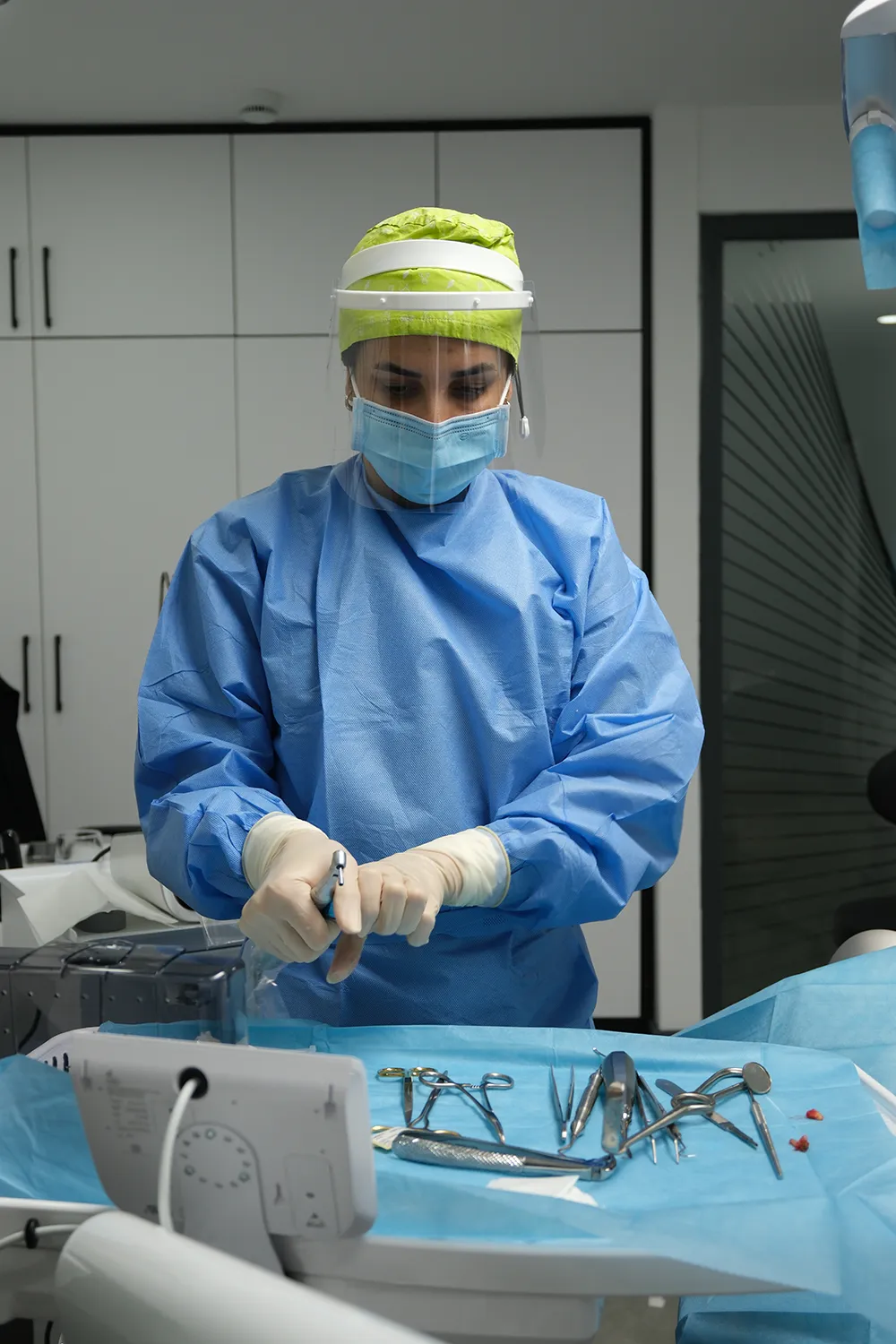Dental implants are a popular and effective solution for replacing missing teeth and restoring function and aesthetics to your smile. They provide a stable foundation for permanent or removable replacement teeth that look and feel like natural teeth. There are several types of dental implants, each designed to address different needs and preferences. In this article, we will explore the various types of dental implants and their unique characteristics.

1. Endosteal Implants
Endosteal implants are the most commonly used type of dental implant. They are designed to be placed directly into the jawbone, where they act as artificial tooth roots. These implants are typically made from titanium and are shaped like small screws or cylinders. After placement, the implants are allowed to integrate with the bone through a process called osseointegration, providing a strong and stable foundation for attaching crowns, bridges, or dentures.
2. Subperiosteal Implants
Subperiosteal implants are an alternative to endosteal implants, especially for patients who may not have sufficient bone density to support traditional implants. Instead of being placed into the jawbone, subperiosteal implants are positioned on or above the jawbone but beneath the gum tissue. They consist of a metal framework that is anchored to the bone and extends above the gumline to support replacement teeth. This type of implant is less commonly used today due to advancements in bone grafting techniques.

3. Zygomatic Implants
Zygomatic implants are a specialized type of implant used for patients with severe bone loss in the upper jaw. These implants are anchored into the cheekbone (zygomatic bone) rather than the jawbone. Zygomatic implants are longer than traditional implants and provide a stable base for attaching prosthetic teeth. They are particularly useful for patients who have experienced significant bone resorption and cannot undergo traditional implant procedures without bone grafting.
4. All-on-Four Implants
The All-on-Four implant technique involves placing four strategically positioned implants in the jawbone to support a full arch of replacement teeth. This method is designed for patients who need to replace an entire set of upper or lower teeth. By using only four implants, the procedure minimizes the need for bone grafting and allows for the immediate placement of a fixed prosthesis. The All-on-Four technique is known for its efficiency and effectiveness in providing a complete smile restoration.

5. Mini Implants
Mini implants are smaller in diameter than traditional implants and are often used in situations where there is limited bone density or space. They are typically used to stabilize dentures or as a temporary solution before more extensive implant procedures. Mini implants can be a good option for patients who may not be candidates for standard implants due to anatomical constraints or other factors.
6. Immediate Load Implants
Immediate load implants, also known as same-day implants, involve placing the implant and attaching a temporary restoration in a single visit. This technique allows patients to leave the dental office with a functional and aesthetically pleasing replacement tooth or set of teeth on the same day as the implant placement. Immediate load implants are ideal for patients who want to achieve quick results and avoid the multiple visits typically required for traditional implant procedures.
Conclusion
Dental implants offer a versatile and effective solution for replacing missing teeth and restoring function and appearance. Understanding the different types of dental implants can help you make informed decisions about your treatment options. Whether you need a single implant, a full arch restoration, or have specific bone concerns, there is an implant type to suit your needs. Consult with your dental professional to determine the best implant option for your individual situation and achieve a beautiful, functional smile.
